Introduction
In the ceaseless battle against pests, humanity has always sought to innovate. From the earliest farmers who planted extra crops to account for pest damage, to the ancient Sumerians' use of sulfur compounds, pest control methods have evolved significantly. Today, the pesticide sprayer pump stands at the forefront of this evolution, revolutionizing the way we manage pests. This article delves into the history of pest control, the workings of pesticide sprayer pumps, their types, and their applications. It also explores how these pumps enhance efficiency, their environmental implications, and the promising future trends in pesticide sprayer technology.
The Evolution of Pest Control Methods
Pest control methods have evolved significantly over the centuries. The first farmers allowed for pests, planting enough for themselves and the pests. By 2500 B.C., ancient Sumerians were using sulfur compounds to kill insects, marking the earliest record of insect pest control. The Chinese recognized the connection between climate and periodic biological phenomena, leading to strategic crop planting to avoid pest attacks. They also used natural enemies to control pests and discovered soap as a pesticide. In the 1600s, tobacco infusions, herbs, and arsenic became major materials for insect pest control. The synthetic pesticide era began in the 1930s, with the trend towards synthesizing new compounds.
Understanding Pesticide Sprayer Pumps
Pesticide sprayer pumps, often diaphragm pumps, are the heart of the spraying system. The hydraulic circuit of a sprayer comprises a tank, a pump, and nozzles. The tank holds water or chemicals, the pump draws from the tank, discharges through filters and hoses where the pressure is converted into speed in the jets, causing spraying. Additional components enhance performance, including suction and delivery lines, pressure regulators, and by-pass lines. Understanding these components and their functions is crucial for efficient and effective pest control.
Types of Pesticide Sprayer Pumps
Pesticide sprayer pumps come in various types, each with unique features and applications. Centrifugal pumps, using rapid circular motion, are versatile and suitable for semi-abrasive spraying commodities. Diaphragm pumps, isolating all moving parts in oil, are ideal for crop protection chemicals. Roller pumps, known for their simplicity, are cost-effective for small to medium sprayer systems. Transfer pumps are designed for high volume transfer of fluids. Piston pumps, which force-compress spray fluid, are commonly used in large-distance crop watering. Lastly, irrigation injection pumps offer accurate flow rates for water and chemical delivery, making them perfect for controlled chemical metering in irrigation systems.
Handheld Sprayers
Handheld sprayers are practical and versatile tools in the spray industry. They are useful for spraying a wide range of liquid applications, including herbicides, fertilizers, and pesticides. Many professional spray applicators stick to using these basic models. However, advancements in design and technology have made these products more efficient and comfortable to use, warranting further exploration into their various features and benefits.
Backpack Sprayers
Backpack sprayers offer versatility and ease of use. Their precision spray gun tips allow for specific treatment of individual plants without damaging neighboring ones. They are portable, enabling navigation to terrains that may be inaccessible for other sprayers. Battery-operated sprayers can spray up to 30 gallons on a single charge. Some models allow for seamless conversion of the lever from left to right hand operation, reducing hand fatigue during spraying.
Truck-mounted Sprayers
Truck-mounted sprayers offer several benefits to pest control businesses. These sprayers increase efficiency and result in cost savings. They also enhance the professionalism of the service and ensure safety. A custom design spray truck can significantly level up your pest control business. These sprayers are a game-changer in the pest control industry, providing a more effective and efficient solution for pesticide application.
How Pesticide Sprayer Pumps Increase Efficiency
Sprayers have found tons of applications in agriculture, including the application of pesticides. Manual application of these chemicals is a tedious job. However, sprayers work automatically, allowing farmers to complete the task within only a few hours. Moreover, sprayers cover a huge distance compared to any other resource used by farmers. Therefore, we can say that a farm is incomplete without the use of sprayers.
Reduced Pesticide Usage
The use of pesticide sprayer pumps can significantly reduce pesticide usage. Proper calibration of sprayers ensures the actual rate of application aligns with the intended rate, preventing over-application. Nozzles play a crucial role in this process, with different types and sizes designed for specific targets and applications. Selecting the appropriate nozzle and size can optimize application rates and minimize waste. Furthermore, regular checks for nozzle wear and clogging can prevent over-application and non-uniform application, leading to reduced pesticide usage and improved efficiency.
Improved Coverage
Improving spray coverage is crucial in pest control. Regularly cleaning and checking spray equipment, adjusting your speed, and understanding your nozzle and droplet size can enhance coverage. Techniques such as using water-sensitive spray cards can help check overall spray coverage. The use of proper adjuvants can dramatically increase spray performance. New technologies like electrostatic sprayers can produce smaller droplets, improving coverage and reducing drift. Always remember to read the product label and make necessary adjustments for optimal results.
Time and Labor Savings
The advent of multi-row adjustable sprayers has revolutionized the efficiency of pesticide application in large-acreage orchards and vineyards. These sprayers can treat multiple rows of canopy in one pass, significantly reducing the time spent applying pesticides. The precise timing of pesticide application plays a crucial role in successful pest control, and in some cases, could be the difference between crop-protection success or failure. While these sprayers are more expensive than conventional ones, the time and labor savings they offer make them a worthwhile investment for large-scale operations.
Environmental and Health Implications
Pesticides, while essential for pest control, can have significant environmental and health implications. They can move from the application site to the surrounding area, potentially contaminating surface and ground waters. Overuse or misuse can lead to serious environmental concerns, including the disruption of nearby ecosystems and threats to wildlife. Pesticides can also have acute or chronic toxicity effects on non-target organisms. Careful selection, application, and disposal of pesticides, as well as water management, can help mitigate these impacts.
Future Trends in Pesticide Sprayer Technology
The future of pesticide sprayer technology is promising, with advancements like drone spraying and site-specific applications. Drones equipped with sprayers can navigate challenging terrains, reducing manual labor and increasing efficiency. Site-specific spraying, guided by GPS and high-resolution imagery, allows for precise application of pesticides, reducing waste and environmental impact. Another innovation is the variable-rate application of pesticides, which adjusts the spray volume to match the canopy volume, reducing pesticide usage and environmental contamination. Lastly, software tools are being developed to aid in sprayer calibration and optimal pesticide dosage determination.
Conclusion
The pesticide sprayer pump has undeniably transformed the pest control landscape. Its evolution from simple handheld devices to sophisticated truck-mounted systems and drones signifies a leap in efficiency, coverage, and time-saving. While the environmental and health implications of pesticide use necessitate careful management, advancements in technology promise a future of precision and reduced environmental impact. As we continue to innovate, the pesticide sprayer pump will undoubtedly remain a game-changer in pest control, helping us balance the need for pest management with environmental stewardship.
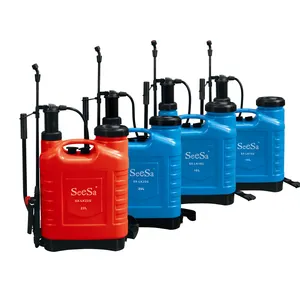




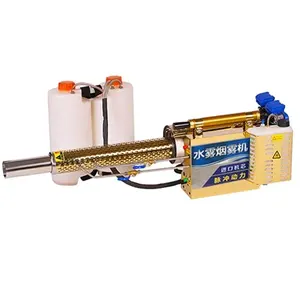









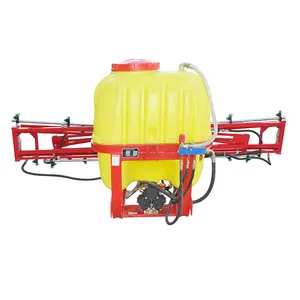


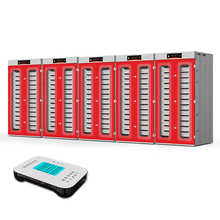
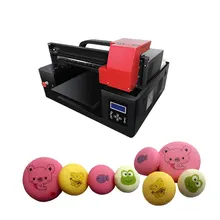





























 浙公网安备 33010002000092号
浙公网安备 33010002000092号 浙B2-20120091-4
浙B2-20120091-4